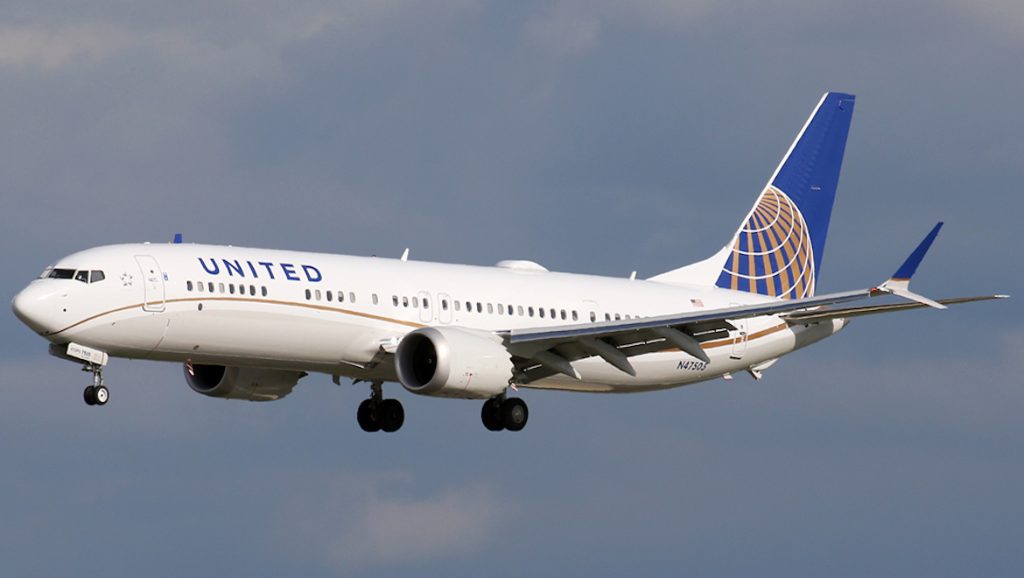
Major airlines in the US are expected to get their entire 737 MAX fleets back up and running within days, having already begun the necessary electrical repairs on affected MAX models.
Just yesterday, Boeing released its service bulletin on the required repairs for the MAX’s electrical issues, which has seen nearly a quarter of all 737 MAX jets grounded for weeks.
Now, carriers in the US, who collectively boast over 60 affected 737 MAX aircraft, have said they are quickly working on the FAA-approved repair to get their MAX workhorse’s back in the air within days.
A spokesperson for United Airlines said that the carrier expects its affected MAX aircraft to return to service “in the coming days, as we complete our inspection process and ensure those aircraft meet our rigorous safety standards”.
Meanwhile, American Airlines also said that it had begun making the necessary repairs to its MAX fleet, and expects “all affected aircraft will begin safely returning to service in the upcoming days.”
Southwest Airlines said that it expects the remedial work on its affected MAX jets to take two to three days per aircraft, and said it hoped to begin these repairs within the next few days.
Southwest said it, therefore, expects it will take about three weeks to successfully complete the repairs across its 32 affected jets.
Yesterday, World of Aviation reported that Boeing and the US Federal Aviation Administration had finally settled on a fix for ongoing electrical faults located in multiple areas of the embattled Boeing 737 MAX.
The electrical faults resulted in nearly a quarter of all MAX jets being grounded around the globe, as the FAA continued to probe Boeing on the extent of the issue before giving the planemaker the green light to complete repairs and return planes to the sky.
At the time of the announcement, Boeing said it had already issued two bulletins to airlines and operators of the 106 affected MAX aircraft that contain instructions on how to rectify the electrical problems.
“After gaining final approvals from the FAA, we have issued service bulletins for the affected fleet,” Boeing told the media.
“We are also completing the work as we prepare to resume deliveries.”
According to FAA administrator Steve Dickson, the agreed-upon repair is a “pretty straightforward fix”.
Electrical flaws were initially found in a number of MAX cockpits’ backup power control systems in mid-April.
The electrical issue involves a lapse in the grounding capabilities of some electrical circuits located in the cockpit. Grounding capabilities are vital in order to maintain a user’s safety in the event of a surge of voltage that could otherwise result in a shock or electrocution.
The issue was labelled by Boeing as being caused by a “production issue”, and was limited to jets delivered in the months after the FAA lifted its grounding ban on the MAX.
However, the FAA later stated that “subsequent analysis and testing showed the issue could involve additional systems”, including the standby power control unit, a circuit breaker panel and main instrument panel.
The FAA then issued a grounding order on all affected jets until Boeing located a fix to the issue.
Boeing also announced in April that it would halt all deliveries of the MAX until the issue was fixed, just five months after re-starting deliveries after the jet’s 20-month long recertification battle.
Last week, World of Aviation reported that Boeing had approached the FAA with its proposed repair for the multiple electrical faults, however, the process was put on ice as the FAA probed Boeing for more evidence to prove that the electrical faults don’t extend into other parts of the aircraft.
While the FAA initially approved the service bulletins provided by the planemaker, after discussions with Boeing, the regulator asked for additional information and analysis on whether or not any other subsystems throughout the jet could be affected by similar grounding issues.
In its service bulletin, Boeing has proposed adding a bonding strap or cable that workers screw onto two different surfaces creating a grounding path, for the affected electrical circuit, two of the sources said.
Sources also specified that the electrical grounding problems that have been located to date came as a result of Boeing changing a manufacturing method, as it worked to increase the speed at which it can produce the jet.
They said that the change made, which sparked the issues, pertained to a hole-drilling process.
Boeing initially told airlines that rectifying the issue could take as little as a few hours, or up to a few days, per jet.












